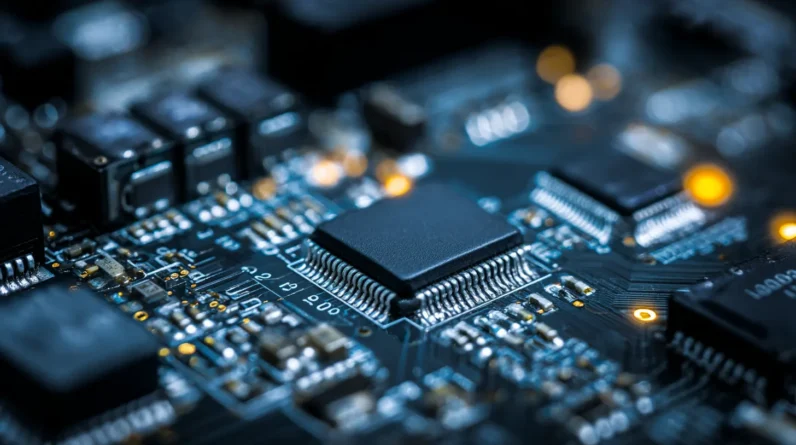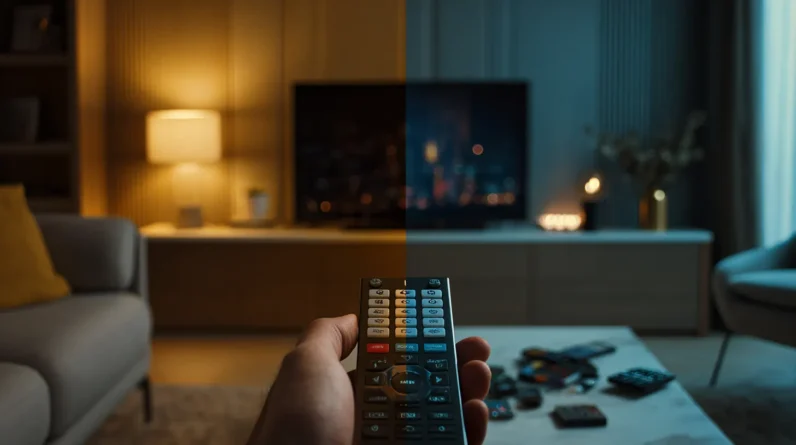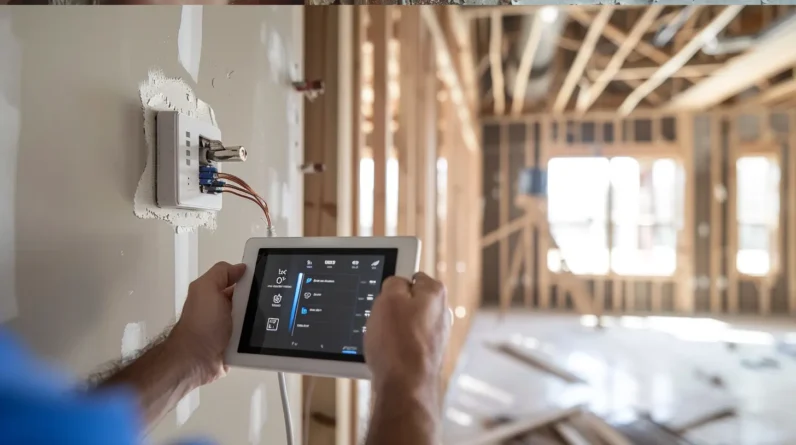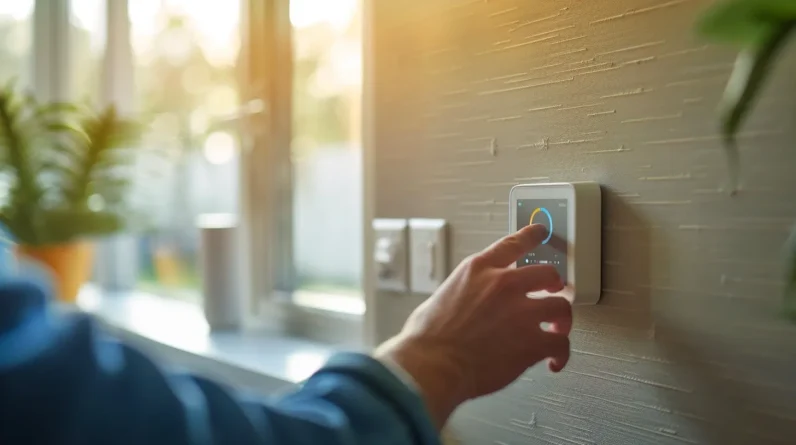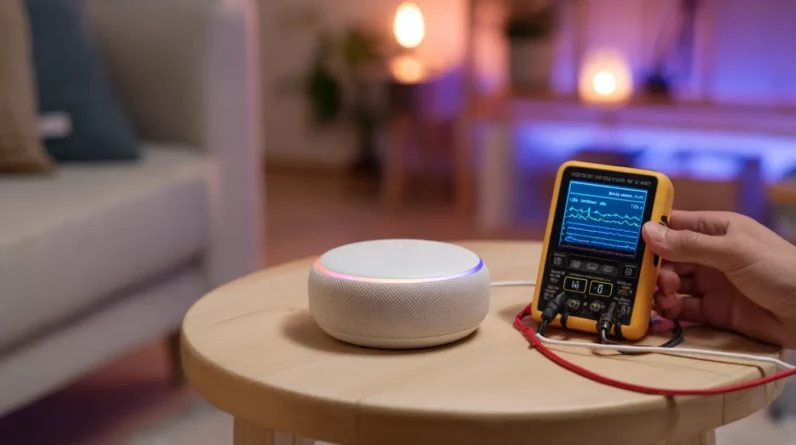
Measuring the Real Efficiency of a Smart Device at Home
We often think of smart devices as sleek gadgets that simplify our lives, but to truly measure their efficiency, we must look beyond the shiny surface and explore into the intricacies of their energy consumption, ease of use, and impact on our daily routines. By examining these factors, we can uncover the real efficiency of these devices in our homes and make informed decisions that enhance our living spaces and daily lives. Let’s explore how we can evaluate smart devices to guarantee they’re truly benefiting us.
Understanding Energy Consumption
To truly comprehend the efficiency of smart devices, we must first understand their energy consumption. By delving into energy metrics and power usage, we’ll gain valuable insights into how these devices function and impact our homes.
It’s not just about the upfront cost; we need to take into account the long-term energy consumption to gauge their true efficiency. Let’s explore the key factors that influence a smart device’s energy usage, such as standby power, operational modes, and communication protocols.
Armed with this knowledge, we can make informed decisions and optimize our smart homes for both convenience and energy savings.
Evaluating Ease of Use
Now that we’ve covered the importance of understanding energy consumption, let’s shift our focus to another critical aspect of smart device efficiency: ease of use. We’ll explore how the user interface and device accessibility play pivotal roles in determining a smart device’s true effectiveness in our homes.
Here are four key elements to ponder:
- Intuitive Design: The device’s user interface should be straightforward and easy to navigate, even for first-time users.
- Accessibility Features: Inclusive design that accommodates various needs and abilities enhances the device’s usability for everyone.
- Responsive Controls: The device should quickly register and respond to user inputs to prevent frustration and delays.
- Effective User Support: Detailed guides, tutorials, and customer service guarantee users can overcome any learning curves or issues.
Assessing Compatibility With Other Devices
As we explore the domain of smart device efficiency, it’s crucial to think about how well these devices play with others. Interoperability issues can be a major stumbling block, causing frustration and inefficiency in our daily lives.
We must carefully consider the system requirements of each device and guarantee they’re compatible with our existing setup. It’s not just about the device working in isolation, but how seamlessly it integrates into our ecosystem of technology.
Analyzing Impact on Daily Life
While we often focus on the technical aspects of smart devices, it’s equally important to weigh how they impact our daily lives.
Let’s consider four key areas:
- Productivity Impact: Smart devices can streamline our daily routines, from automating lighting and temperature to managing our schedules and tasks. This automation can lead to significant time savings, allowing us to focus on more critical tasks.
- Daily Convenience: With voice commands and smart home integrations, these devices make everyday tasks more manageable. Whether it’s setting reminders, ordering groceries, or controlling appliances, the convenience is undeniable.
- Energy Efficiency: Smart thermostats and lighting systems can adapt to our habits, reducing energy consumption without compromising comfort. This not only benefits our wallets but also the environment.
- Enhanced Security: Smart locks, cameras, and alarm systems offer advanced security features, providing peace of mind whether we’re at home or away.
Examining Maintenance and Updates
Although we enjoy the benefits of smart devices, it’s crucial to think about the maintenance and updates required to keep them running efficiently. Regular updates not only add new features but also guarantee device longevity by fixing bugs and security vulnerabilities.
We should actively seek out devices with strong technical support, as this can substantially impact the device’s performance over time. Choosing products from manufacturers known for their reliable and timely updates can save us from future headaches.
Keeping our devices updated may seem bothersome, but it’s a small price to pay for maintaining the efficiency and extending the life of our smart homes.
Considering Privacy and Security Features
Privacy and security features are also vital considerations when evaluating smart device efficiency. We must guarantee that our devices protect our personal information and secure our home networks.
Let’s explore four key aspects:
- Data Encryption: Robust encryption protocols should be in place to safeguard data transmitted between the device, our smartphones, and the cloud.
- Network Security: The device must offer strong network security features to prevent unauthorized access and protect against hacking attempts.
- Regular Security Updates: Manufacturers should provide timely security patches and updates to address emerging vulnerabilities.
- Privacy Policies: Clear, transparent privacy policies are essential to inform us about the data being collected and how it will be used.
Calculating Cost-Effectiveness and Long-Term Savings
As we consider the cost-effectiveness and long-term savings of smart devices, it’s vital to evaluate the upfront investment against the potential benefits. We must look beyond the initial sticker price and consider the return investments over time.
Smart devices can lead to significant cost benefits through energy savings, increased efficiency, and reduced maintenance costs. By calculating the total cost of ownership, including installation, operation, and potential rebates or incentives, we can determine if the smart device is a wise financial decision.
To make an informed choice, factor in the device’s lifespan and potential future technological advancements that could impact its long-term value and savings.
Conclusion
To summarize, when measuring a smart device’s real efficiency at home, we must meticulously monitor more than mere energy metrics. From ease of use to ensuring seamless security, every aspect affects our daily lives. By carefully calculating cost-effectiveness and considering compatibility, we can confidently choose devices that deliver delightful, durable, and dynamic solutions for our smart homes, enhancing both comfort and convenience while keeping our data and privacy protected.


